l | l
l | l
IU collaboration uses technology to give ALS patients the gift of self-expression
Partnership between artist, art therapist, and neuroscientist enables people in advanced stages of ALS to communicate through art and expression
A new collaborative form of art therapy uses technology to help ALS patients express themselves at the IU Neuroscience Center.
Amyotrophic lateral sclerosis, or ALS, takes away control of one’s muscles over time, and eventually locks a person inside their own body, making them unable to communicate with loved ones or share much about their inner experiences with the outside world. Some patients still control their breathing, and some can control their eye movements. Many in the advanced stages of the disease can control nothing at all. The creative application of technology can help tease out even the smallest, subtlest changes to a person’s physiology and translate them into art and expression.
The project is a cross-disciplinary collaboration developed by artist, Greg Hull, Dean of the Herron School of Art and Design at Indiana University Indianapolis, in partnership with art therapist Juliet King, the former director of Herron’s art therapy program, and neurologist Dr. Robert Pascuzzi. Hull used microprocessors and his own technological expertise, developed over time and in conjunction with colleagues at IU’s Advanced Visualization Lab, to create expressive imagery by translating physiological data collected from the patient’s body to generate dynamic digital images and videos that are transformed by subtle changes in the patient’s physiology. At a time when these patients are experiencing a significant loss of autonomy, these tools provide them with the ability to create expressive artwork using their breath, eye movement, and physiological data to create digital art that is projected onto the wall of their rooms.
“As an example, I place sensors on two of the patient’s fingertips so I can measure changes in the electrical conductivity of the skin, which are created by subtle changes in the patient’s emotional state. Those changes are then visualized as changes in the color, amplitude, and frequency of a series of sine waves that are being projected on the wall,” Hull said.
The Indy Arts Council awarded Hull one of two Transformational Impact Fellowships in 2016. The fellowship was a pilot program designed to give artists a seat at the table when decisions were being made in communities, and Hull chose the healthcare community. He used the opportunity to explore ways of giving control back to patients who had lost all control, and to do it through the arts.
“Part of the idea came from the old Wishard Hospital,” Hull said. “They had murals that were mounted high on the walls, and at first, they looked odd, being so high up, until you realize that they were meant to be seen by patients in a hospital bed. Those murals were done by faculty from Herron a hundred years ago. Recognizing that the artists and the hospital at that time knew that the arts could contribute to healing was exciting to me. I wanted to make a contemporary mural that would build on that tradition, and to me, that meant something interactive.”
Hull set about learning enough programming to be able to communicate what he wanted to create to a programmer, but found he was unable to communicate the artistic part of the endeavor. He realized he’d have to do it himself, and he fell in love with programming.
“I’ve always thought that one of the roles artists play is finding the poetics that are inherent in technology,” Hull said. “Once you get past the bells and whistles, the poetics reveal themselves, but you have to work to find them.”
Some patients are uncomfortable working on a blank canvas, particularly one the size of a wall. Hull created a variety of tools to help them feel at ease. One such tool allows patients to instantly draw patterns, so as the patient is making a mark in one space, Hull can mirror it so that two or more marks are made simultaneously, making it possible for the patient to instantly see and draw patterns.
“I came to that through trial and error and working directly with the patients,” Hull said. “One of the things I really value is that the patients are always helping us build a better tool, and then the next month when I see them again, I can show them what I’ve been able to do based on their input. I don’t ever want to fully complete these tools. I see much value in the process, and I want the patients to feel some ownership in this process, too, which I hope is helpful to them as active participants in this process.”
Hull has received special permission to display patients’ artwork on the outside wall of the hospital from time to time.
“Many of the patients can no longer speak, but they’re there,” he said. “Being able to create connections with their family members and to help them make work together is exciting. By projecting this work on the wall in front of them, it creates a rich and immersive experience. But then when I can project their work four stories tall onto the façade of the hospital…in essence, we’ve been able to get the hospital to give patients who are experiencing a progressive loss of control, control of the exterior of the hospital itself.”
The Advanced Visualization Lab (AVL) at Indiana University is a group within UITS Research Technologies. The AVL offers short-term and extended consulting services for IU educators, creative artists, and researchers seeking to use advanced visualization technologies to improve the quality of teaching and learning, expand the boundaries of art, and find solutions to difficult problems hidden within massive sets of data. Learn more about the AVL.
Original source can be found here.

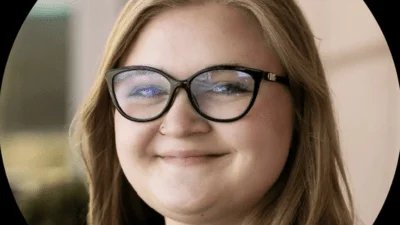
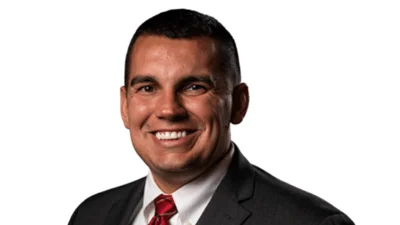
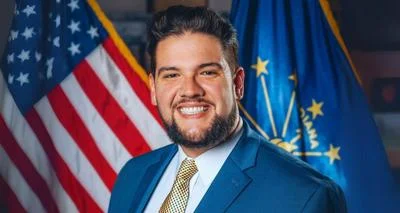
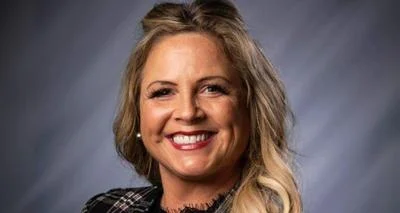
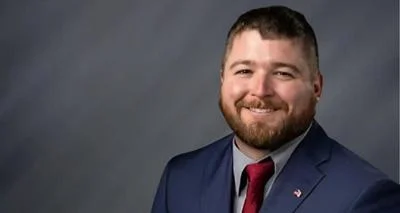
 Alerts Sign-up
Alerts Sign-up